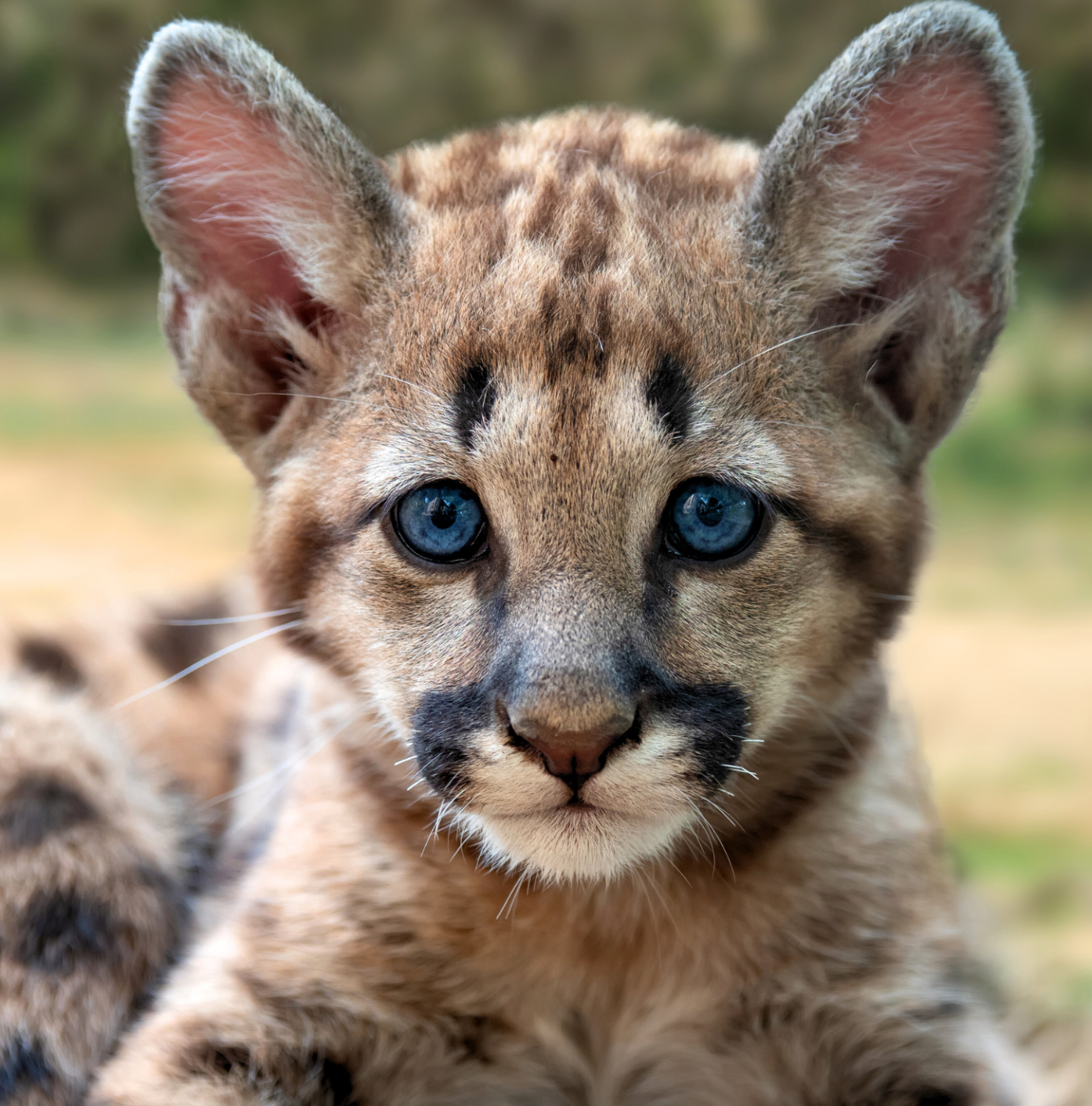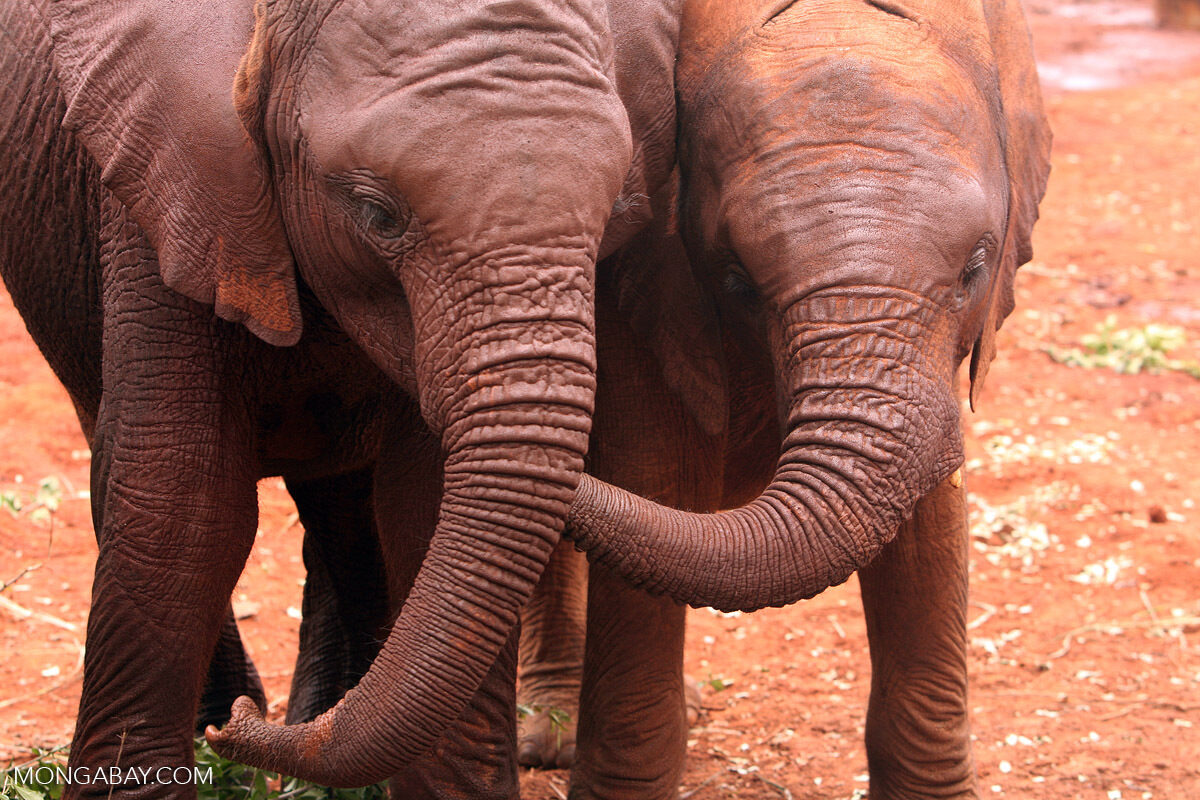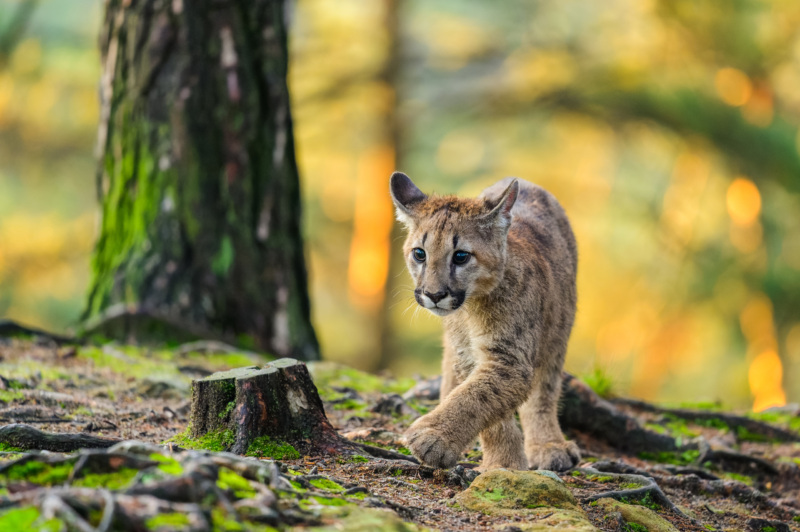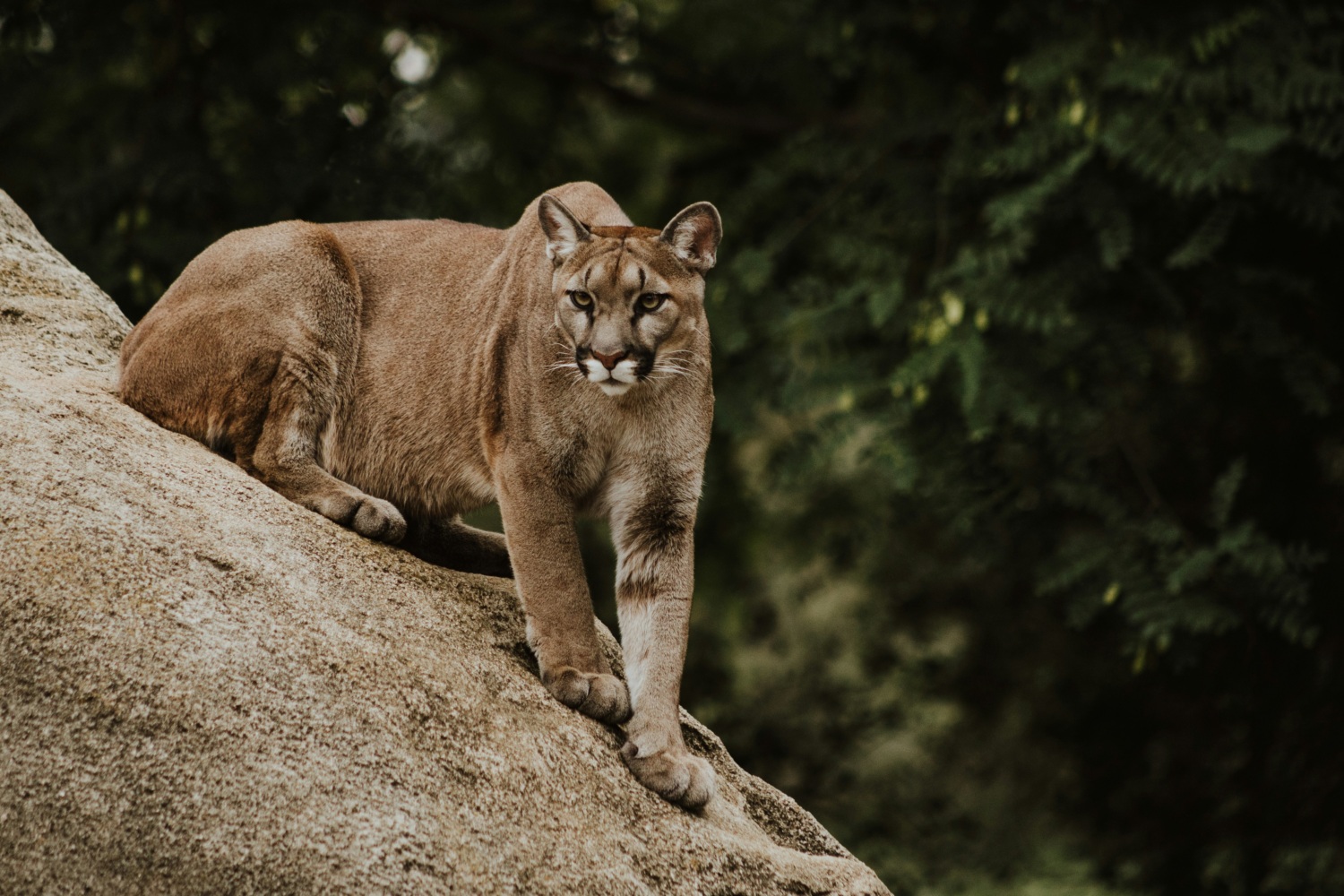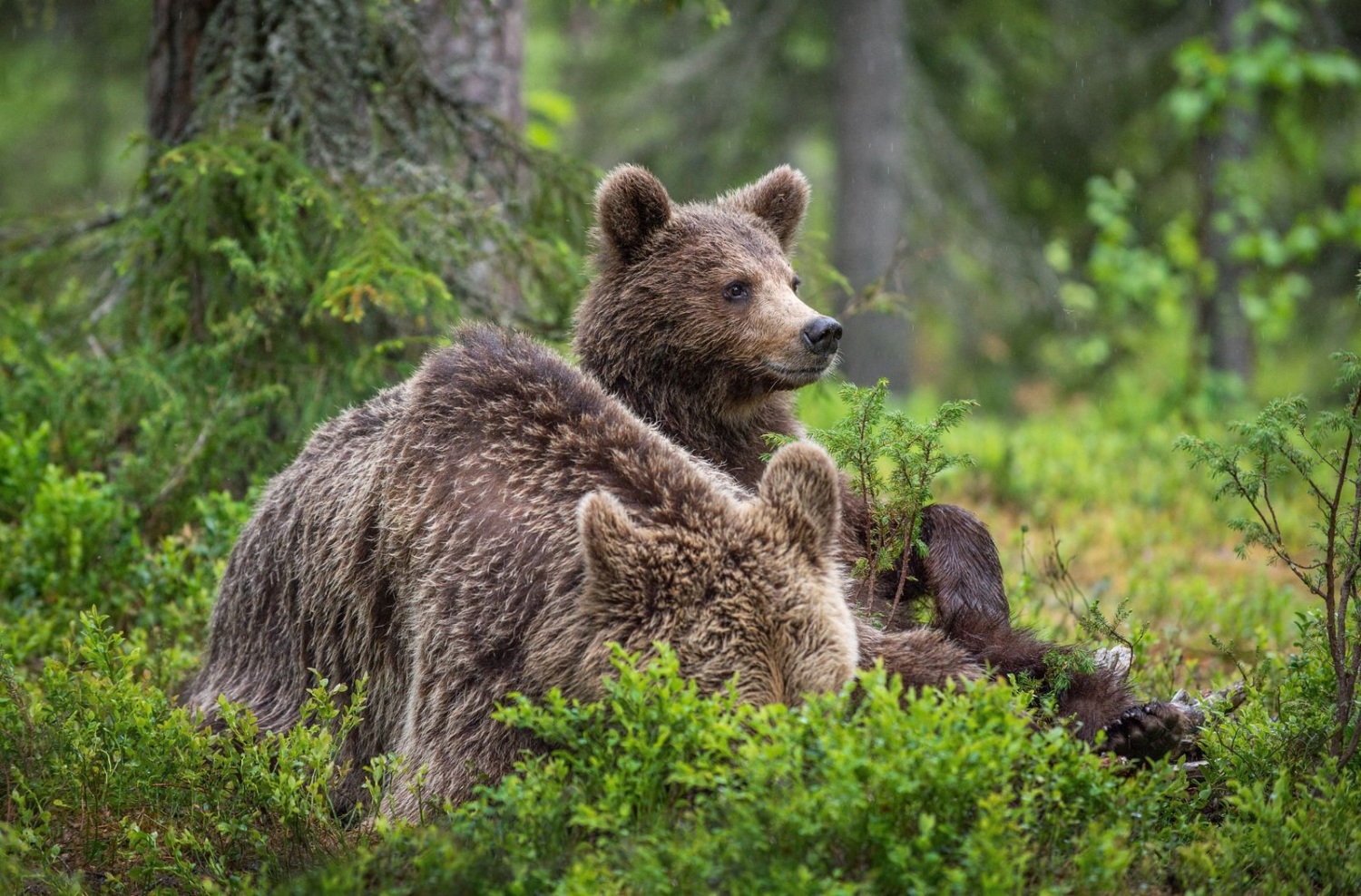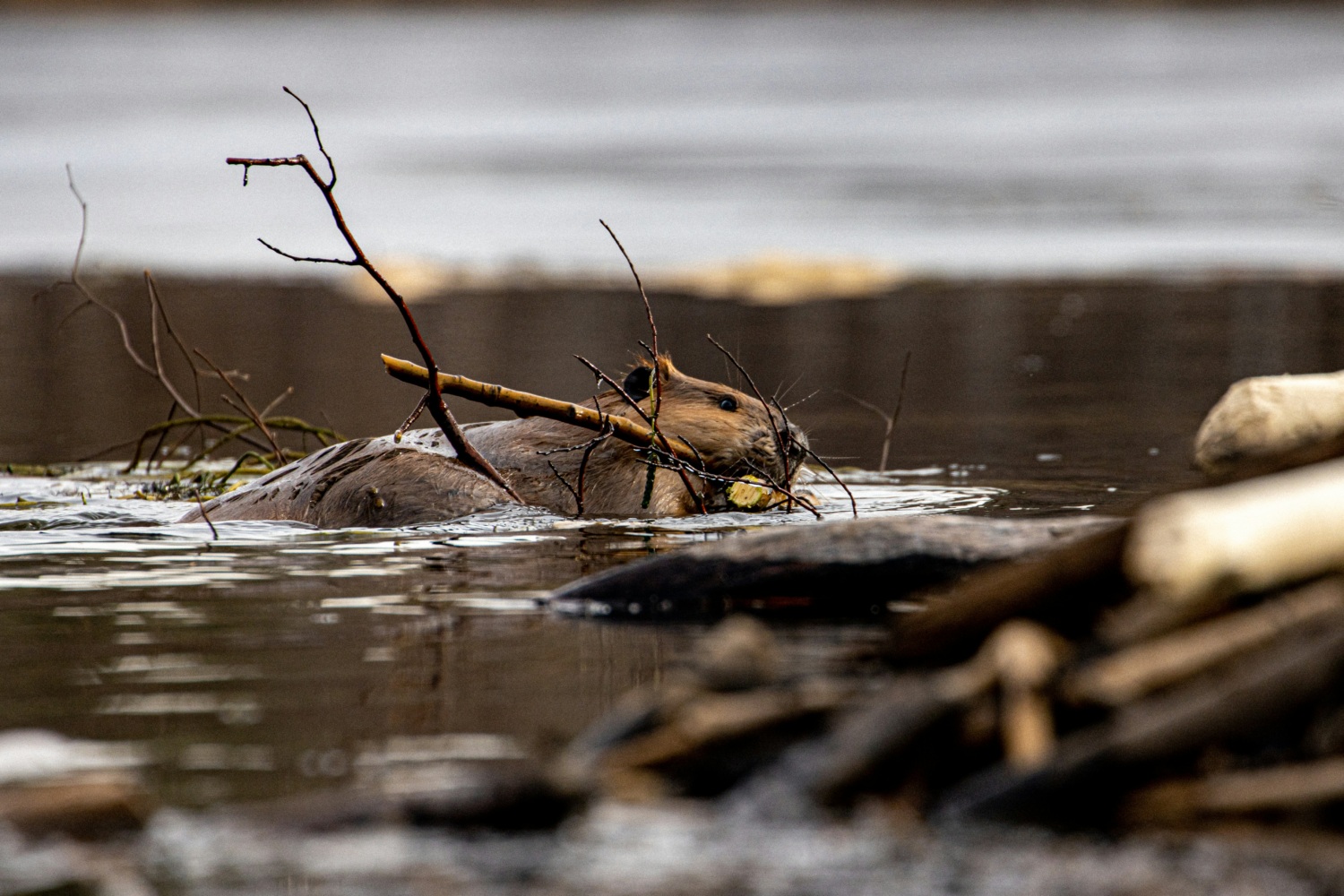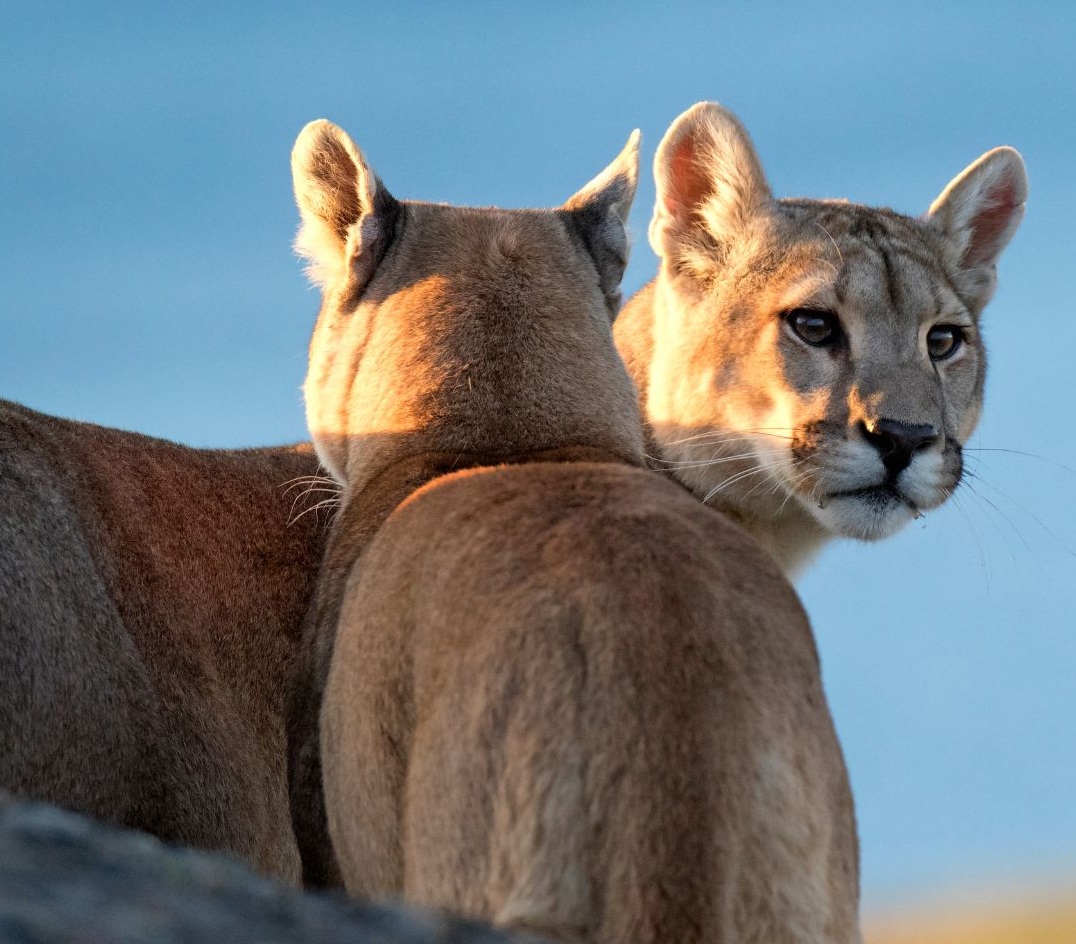
Rewilding
Join Our Mailing List
BRING CATAMOUNTS HOME
Mighty Earth has launched a campaign to bring catamounts back to Vermont! To join the effort, please contact our Vermont-based Rewilding Director Renee Seacor at [email protected].
A PERFECT STORM TO REWILD AMERICA
When European settlers arrived in North America, they eradicated wildlife and left broken ecosystems in their wake. In early New England, towns conducted recreational hunts where they drove wildlife to a central point and shot them. By the mid-1800s, wolves had disappeared from the Northeast. Mountain lions (also known as cougars, pumas or catamounts) vanished not long thereafter, and even whitetail deer were almost entirely eradicated. This exterminationist mindset traveled with the settlers as they moved West, shooting, trapping, and poisoning cougars, wolves, bears, lynx, beavers, and others.
Today, we know every species has a role to play in a healthy ecosystem. Animals affect the landscape, plant life, and other animal populations in myriad ways –changing the flow of riverbeds and streams, reducing wildfire damage, and controlling the spread of disease.
Less well known is the contribution that restoring keystone species, and the balanced ecosystems they support, can have on climate change. Recent research has shown that such “rewilding” can have significant trophic effects that remove and sequester carbon that otherwise contributes to atmospheric warming. In one recent study, restoring just nine species around the world to historic levels could remove 95% of the carbon from the atmosphere needed to keep global warming to the 1.5 degree target.
Mighty Earth has always believed in the power of nature as a climate solution. Despite the fact that nature represents more than a third of the potential solution to climate change, nature-based solutions receive less than 4% of global climate funding. But in the last few decades, a great continental rewilding has begun in North America, inspiring visions for a continent once again teeming with wildlife. The great forests of the East have regrown, but are wildly out of balance because of the absence of large predators. Though beavers are no longer at risk of extinction, they continue to be removed from public lands, making landscapes more vulnerable to fire and drought, especially in a rapidly warming West.
BRING CATAMOUNTS HOME
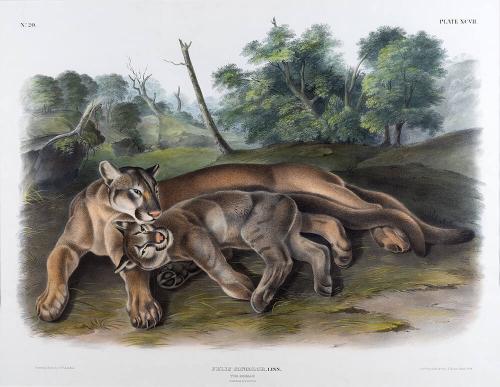
The forests of the Northeast have regrown substantially, but a lack of large predators means that overpopulated deer diminish forest health, cause deadly vehicle crashes, and spread Lyme and other tick-borne disease. However, the Northeast is one of the most pro-conservation regions in the country and has extensive forests that could host carnivore populations. While wolf reintroduction efforts have proven polarizing and politically challenging, cougars enjoy strong cultural support in the region and are recognized as an animal that has a rightful place in Northeastern forests.
We are on the cusp of a great rewilding moment, with the potential to restore native wildlife to hundreds of millions of acres by 2030, balance ecosystems across the country, and help suck gigatons of carbon out of the atmosphere.
-
95%
of the carbon we must remove from the atmosphere to keep global warming to the 1.5 degree target could be achieved through the restoration of just nine species
-
17
areas of the US have been identified as suitable habitat for mountain lions
-
22%
reduction of deer density and deer-related collisions could be achieved by reintroducing mountain lions to the East
CEO Glenn Hurowitz: Bring Catamounts Home to Vermont
Opinion: Cougars Are Heading Back East. We Should Welcome Them
Dr. Mark Elbroch, director of the puma program at Panthera, makes the case for cougars to return to the East in a New York Times op-ed.
Welcome Cougars Home